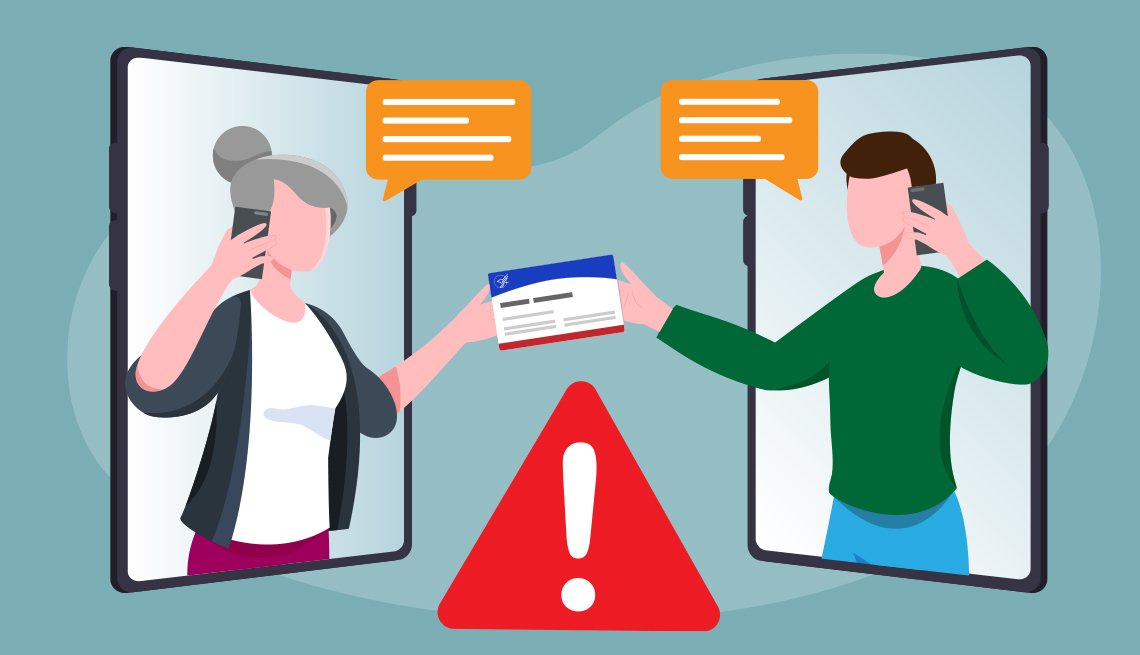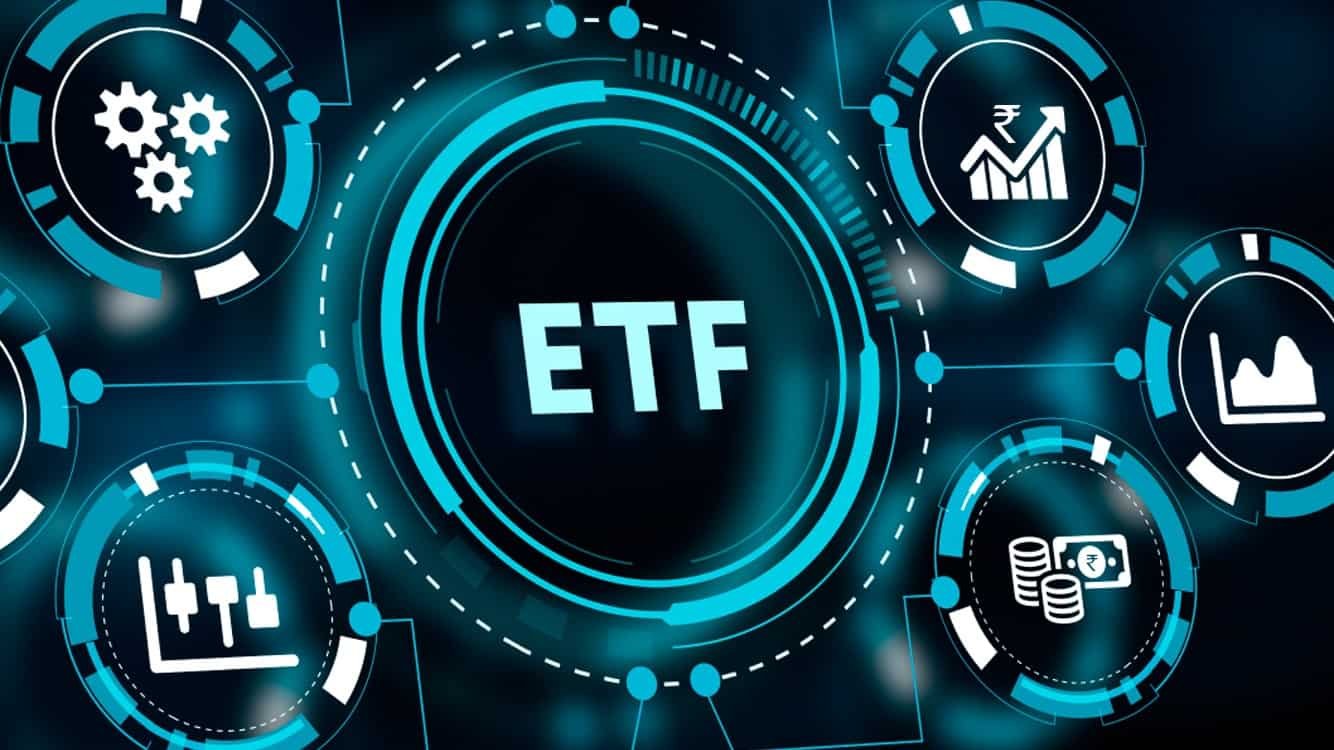If you’ve ever scratched your head while taking Walmart’s Anti-Money Laundering CBL, you’re not alone. Many Walmart associates find the module confusing, especially when it dives deep into financial compliance and suspicious activity rules. However, once you understand the reasoning behind it, passing the CBL becomes much easier—and more meaningful.
This comprehensive guide walks you through everything you need to know about Walmart’s Anti-Money Laundering (AML) CBL—from key concepts and training objectives to smart study strategies. You’ll also learn how to think like a compliance expert rather than just memorizing answers.
What Is the Walmart Anti-Money Laundering CBL?
Walmart’s Computer-Based Learning (CBL) modules are mandatory training programs designed to keep associates informed and compliant. The Anti-Money Laundering (AML) CBL focuses on preventing the misuse of Walmart’s financial services for illegal activities.
Every associate who handles money transfers, check cashing, or prepaid cards must complete this course. It ensures employees understand the legal responsibilities of detecting and reporting suspicious transactions.
| CBL Element | Purpose |
| AML Overview | Explains how money laundering works and its legal consequences |
| Red Flag Training | Helps associates identify suspicious customer behavior |
| Reporting Procedures | Outlines how and when to file a Suspicious Activity Report (SAR) |
| Customer Verification | Details KYC (Know Your Customer) processes |
In short, this training protects both Walmart and its associates by teaching them how to spot financial misconduct before it becomes a problem.
Why Walmart anti money laundering Cbl answers Training
Walmart operates under strict federal and state laws like the Bank Secrecy Act (BSA) and the USA Patriot Act. These regulations require any business that offers financial services to implement robust anti-money laundering measures.
By training employees through the CBL, Walmart ensures:
- Transactions involving large sums or multiple reloads are properly documented.
- Suspicious activity is reported promptly.
- Associates remain compliant with U.S. financial law.
Money laundering isn’t just a corporate issue—it’s a legal one. Violations can lead to massive fines, brand damage, and even imprisonment for responsible parties.
For instance, a 2017 FinCEN case involved a retail chain fined millions for failing to report suspicious cash reloads on prepaid cards. Walmart’s AML program was built to prevent similar incidents.
Key Concepts in the Walmart anti money laundering Cbl answers Module
Understanding Money Laundering
Money laundering involves turning “dirty money” from illegal activities into legitimate funds. The process happens in three stages:
- Placement – Introducing illicit money into the financial system (e.g., cash deposits or money orders).
- Layering – Moving funds through multiple transactions to hide their source.
- Integration – Introducing cleaned funds back into the financial system as lawful earnings.
Common Red Flags
Walmart associates learn to identify patterns such as:
- Customers making multiple transactions under reporting limits.
- Using several IDs for money transfers.
- Requesting to split transactions to avoid reporting.
- Frequent reloads of prepaid debit cards.
Recognizing these signs early helps prevent Walmart from becoming a channel for financial crime.
Suspicious Activity Reporting (SAR)
The Suspicious Activity Report (SAR) is one of the most critical elements of AML compliance.
Here’s what Walmart employees must do:
| Scenario | Action Required |
| Customer refuses to show ID | Politely decline the transaction |
| Unusual transfer patterns | Report to supervisor or compliance officer |
| Large money order purchases | File SAR if red flags are present |
All reports go through Walmart’s internal compliance system and may be forwarded to FinCEN (Financial Crimes Enforcement Network).
Quote: “If it looks suspicious, report it. Don’t investigate, just escalate.” – Walmart Compliance Team
Customer Identification and Recordkeeping
Before processing financial transactions, associates must verify the customer’s identity using valid government-issued ID. This is part of Walmart’s Know Your Customer (KYC) process.
- Always check that the ID is unexpired and matches the person.
- Record transaction details accurately in the system.
- Never skip verification, even for regular customers.
Maintaining clear records isn’t just policy—it’s law. Walmart must retain financial transaction data for at least five years to comply with federal regulations.
Understanding the “Answers” Part of Walmart AML CBL
Let’s clear the air: searching for or sharing actual Walmart CBL answers is against company policy. The test questions are proprietary and confidential. However, understanding the logic behind the questions helps you answer them correctly on your own.
The AML CBL usually includes:
- Scenario-based questions (e.g., a customer attempting multiple small transfers).
- True/False items about red flag detection.
- Multiple-choice questions on compliance reporting.
Pro tip: Focus on the reasoning, not the memorization. Walmart’s system rotates questions, but the concepts remain consistent.
How to Pass the AML CBL Without Memorizing Answers
Here are proven strategies to pass confidently:
- Take notes – Jot down key definitions and compliance steps while completing the module.
- Watch examples carefully – The CBL includes mini-scenarios that mirror test questions.
- Review past modules – Concepts from “Ethics” or “Fraud Prevention” CBLs often overlap.
- Use OneWalmart resources – Walmart’s internal portal offers official refresher guides.
- Stay calm – If you fail, you can retake the test after reviewing the material.
Learning the concepts not only helps you pass but also keeps your job secure and your customers safe.
Walmart’s AML Policies and Employee Responsibilities
Walmart expects every associate to act as a first line of defense against illegal financial activity.
Your Responsibilities Include:
- Verifying identification before completing any high-value transaction.
- Reporting suspicious patterns immediately.
- Avoiding “structuring” (breaking large transactions into smaller ones).
- Keeping customer information confidential.
How Walmart Monitors Compliance:
- Regular internal audits to ensure policy adherence.
- Automated alerts for suspicious patterns in money transfers or card reloads.
- Refresher CBLs released annually to reinforce new regulatory updates.
Legal Framework Behind Walmart’s AML Program
Walmart’s training aligns with federal and international AML laws. Understanding these helps you grasp the big picture.
| Regulation | Purpose | Agency |
| Bank Secrecy Act (BSA) | Prevents money laundering through recordkeeping and reporting | FinCEN |
| USA Patriot Act | Strengthens AML and counter-terrorism measures | Department of Treasury |
| OFAC Regulations | Prohibits dealings with sanctioned individuals or entities | U.S. Treasury |
Walmart also follows global compliance standards, especially for its operations in Canada, Mexico, and the UK, where local AML laws mirror U.S. frameworks.
Frequently Asked Questions (FAQ)
1. What happens if I fail the Walmart AML CBL?
You can retake it after reviewing the material. However, repeated failures may delay your eligibility to perform certain job functions.
2. How often must I complete the AML CBL?
Most associates retake it annually or whenever major regulatory changes occur.
3. Do all associates need AML training?
Only employees handling financial transactions—like MoneyCenter or Customer Service—must complete it.
4. Where can I find study materials?
Official materials are available through the OneWalmart portal, not third-party sites.
5. What’s the best way to prepare?
Review the training slides, take notes, and understand the core principles behind compliance.
Ethical Reminder: Avoid CBL Answer Keys Online
Many websites claim to share Walmart CBL answers, but these are often outdated, inaccurate, or outright scams. Sharing them can:
- Violate Walmart’s confidentiality policy.
- Lead to disciplinary action or termination.
- Undermine your credibility as an employee.
Instead of shortcuts, focus on comprehension. Walmart rewards associates who demonstrate ethical behavior and professionalism.
Quote: “Integrity isn’t just a word at Walmart—it’s how we do business.”
Case Study: When AML Compliance Prevented Fraud
A Walmart associate in Texas noticed a customer buying several high-value money orders under different names. The employee followed AML procedures, reported the behavior, and the case was escalated. Investigation revealed a money laundering ring using fake IDs and prepaid cards.
That one report stopped thousands of dollars from being funneled into criminal activity—proof that compliance training works in real life.
Final Thoughts – Walmart anti money laundering Cbl answers
Understanding the Anti-Money Laundering CBL isn’t just about passing a test—it’s about protecting yourself, your customers, and Walmart’s reputation.
Key takeaways:
- Learn the core principles, not just the answers.
- Stay alert to red flags and suspicious activity.
- Always verify customer identity.
- Follow proper reporting channels.
Walmart’s AML CBL may seem tedious, but it reinforces integrity—the foundation of trust between you, the company, and millions of customers. Passing the module means more than compliance; it means being part of a global effort to keep commerce clean and transparent.
Additional Resources
- Walmart One Associate Portal
- FinCEN – U.S. Department of Treasury
- Bank Secrecy Act Information
- OFAC Sanctions List
In short: The best way to master the Walmart AML CBL is to understand the why behind the rules. Once you do, passing becomes effortless—and you’ll stand out as a responsible, informed associate who values compliance as much as customer care.















Leave a Reply